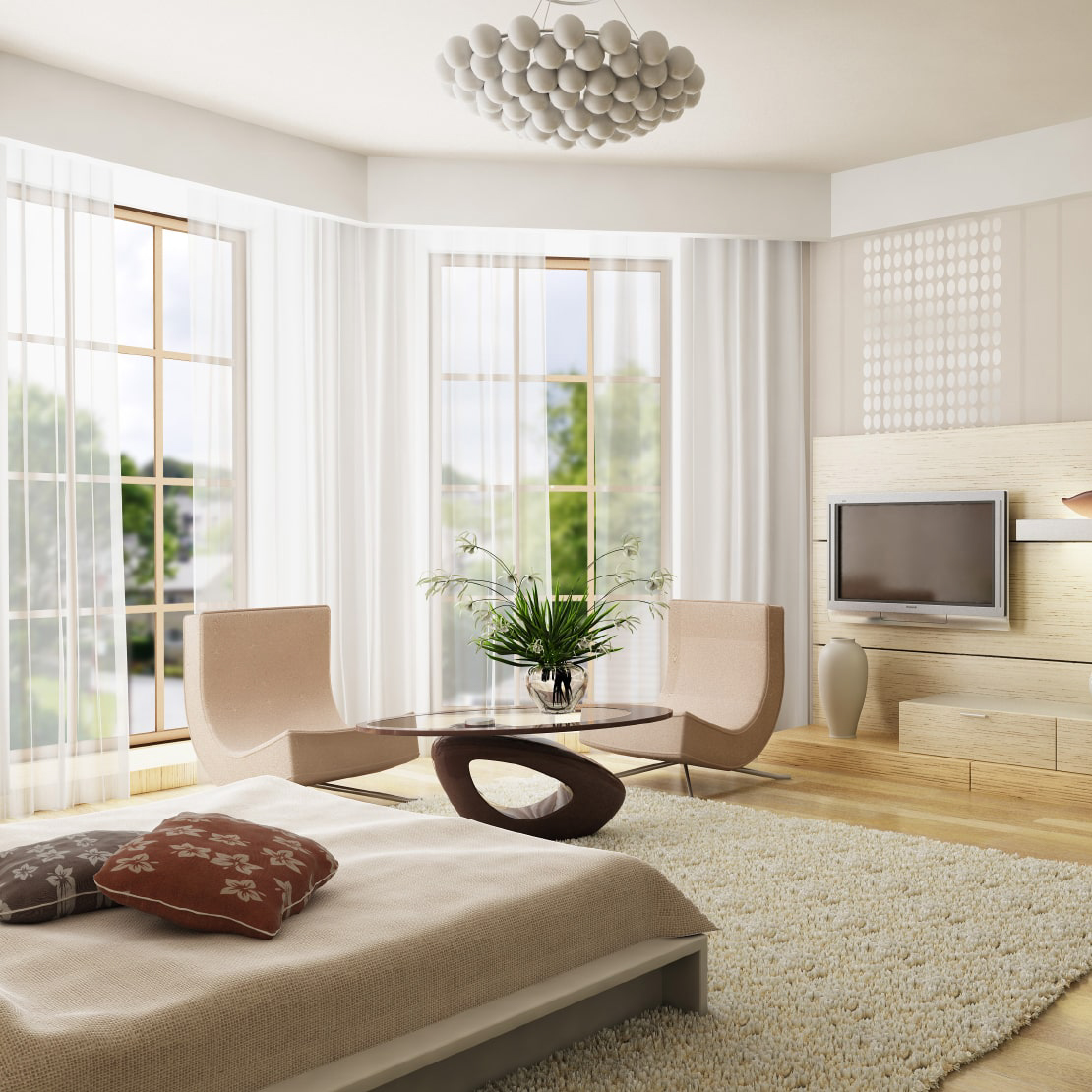
How to Illuminate a Spacious Living Room: Tips and Tricks
A large living room can give you plenty of space to relax and entertain, but it’s not always easy to make sure the whole room is well-lit. Whether you want to highlight different areas of the room, create a cozy atmosphere, or simply brighten up a dark corner, there are several factors to consider when lighting a spacious living room. In this article, we’ll go over some key tips and tricks for illuminating the space effectively.
Tip 1: Incorporate Multiple Light Sources
A single ceiling fixture can’t always provide enough light for an entire living room, especially if the room is large. To avoid a dimly-lit space, incorporate multiple light sources throughout the room. You can use a combination of floor lamps, table lamps, wall sconces, and even pendant lights to create a layered lighting scheme. This will not only provide better overall lighting but also create a more interesting and dynamic space.
Choosing Lamp Types
When selecting table lamps and floor lamps, pay attention to the type of shade and its opacity. A shade that is too opaque can block valuable light, while a translucent or open shade allows light to shine through more effectively. Additionally, choosing fixtures with adjustable dimming capabilities can help you control the amount of light in the room according to different moods and activities.
Wall Sconces for Ambient Lighting
Wall sconces are a great option for ambient lighting in a large living room. They can be installed in different locations around the room, such as above a fireplace, on either side of a large mirror, or at the end of a hallway leading into the living room. Wall sconces can also be used to highlight a piece of artwork or a particular area of the room.
Tip 2: Highlight Key Features
Another important aspect of lighting a large living room is highlighting key features or areas of the room. This helps create visual interest and draws attention to certain areas, such as a fireplace or a bookshelf. Use accent lighting such as spotlights or directional LEDs to emphasize these features.
Directional LED Lights
Directional LED lights, such as track or recessed lighting, are great for highlighting features such as artwork or architectural details. These lights provide a narrow beam of light that can be directed where you want it, creating a spotlight effect. They can also be installed to illuminate specific areas for specific activities, such as reading or watching TV.
Ambient Lighting for Large Decor Items
For large decor items like statues or paintings, you can use ambient lighting to create a gentle glow around them. This will draw attention to them without being too overpowering. You can use wall sconces or very low-wattage floor lamps to achieve this effect.
Tip 3: Layer the Lighting
One of the most important aspects of lighting a large living room is creating a layered lighting scheme. This means using multiple light sources at different levels to create a well-rounded, inviting atmosphere.
Overhead Lighting
Overhead lighting, such as a chandelier or pendant light, can be used to provide general lighting for the room. It should be bright enough to illuminate the entire space, but not so bright that it creates harsh shadows.
Task Lighting
Task lighting is essential for areas where specific activities take place, such as reading or working on a computer. Table lamps, floor lamps, or under-cabinet lighting can provide directional light for these tasks.
Accent Lighting
Accent lighting is used to highlight certain features, as mentioned earlier. This can create visual interest and set the mood for the room. Wall sconces, spotlights, or even candles can be used as accent lighting.
Tip 4: Choose the Right Bulbs
When selecting light bulbs for your living room, there are several factors to keep in mind. The type of bulb, the color temperature, and the brightness all play a role in the overall lighting scheme.
LED vs. Incandescent
LED light bulbs are more energy-efficient and longer-lasting than traditional incandescent bulbs. They also come in a range of color temperatures, from cool white to warm white, allowing you to choose the right color for your space.
Color Temperature
Color temperature is measured in Kelvin (K) and describes the overall “warmth” or “coolness” of the light. Lower Kelvin values (2700-3000K) produce a warm, yellowish light, while higher values (5000-6500K) produce a cool, bluish light. For a cozy living room atmosphere, choose bulbs with warmer color temperatures.
Brightness
The brightness of your bulbs should be determined by the overall lighting scheme you’ve created. You don’t want the room to be too dim or too bright, so choose bulbs with a brightness that complements the other light sources in the room.
Lighting a large living room takes some planning and consideration, but the end result can be a cozy and welcoming space. By incorporating multiple light sources, highlighting key features, layering the lighting, and choosing the right bulbs, you can create a well-lit space that meets your needs and enhances the overall ambiance.
